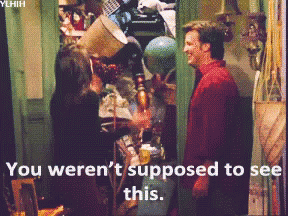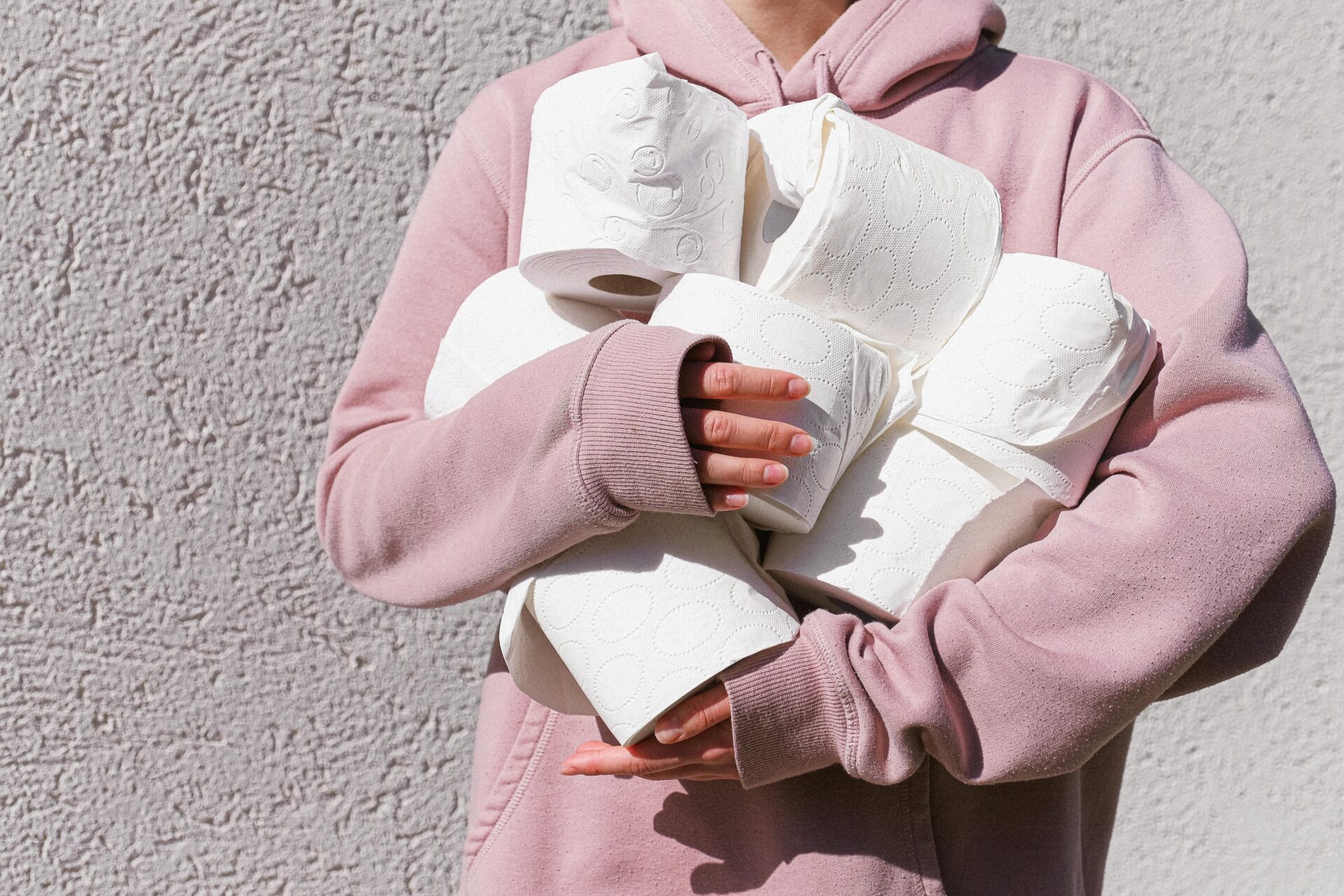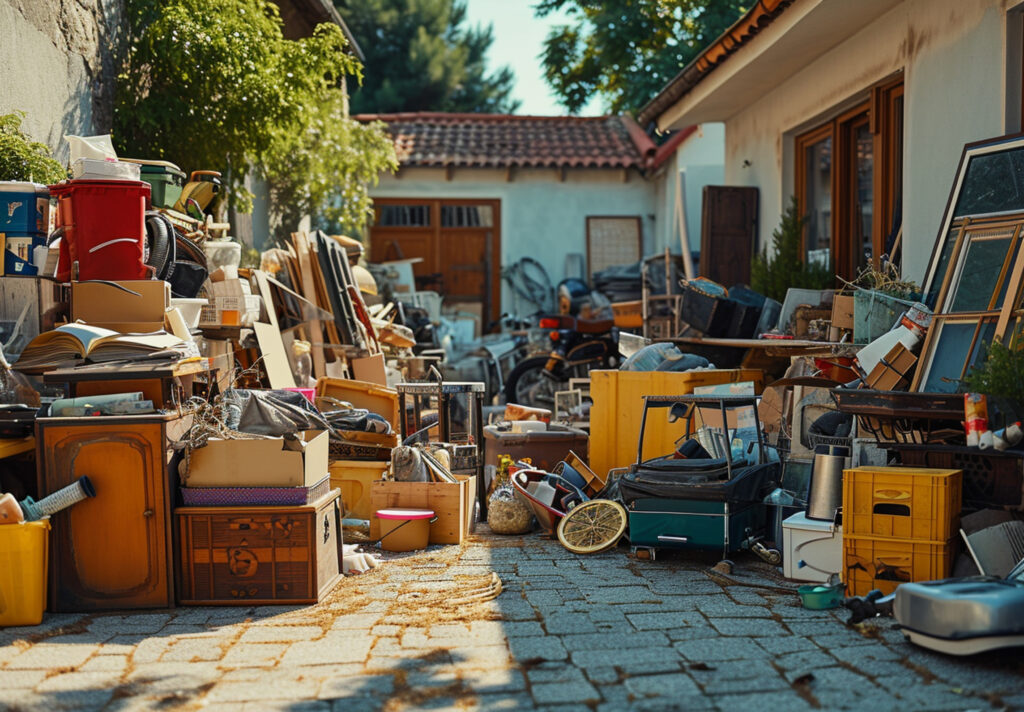Imagine walking into your kitchen, but instead of countertops, you see towers of newspapers, bags of clothes, and stacks of unopened mail.

We joke about our “just in case” cupboards, sheds, and spare rooms, but what if that clutter isn’t just quirky? What if it’s a red flag for something more serious: Hoarding Disorder.
If you’ve ever wondered, “Am I just a bit messy, or is this… something else?” You’re not alone. Many people confuse clutter, hoarding, and just collecting, but they’re not the same thing. And good news, you don’t need Sherlock Holmes to figure it out. 🕵️♂️
The line between “I’ll deal with it later” and “my sofa is buried alive” is thinner than you think.
Let’s figure out which side you (or someone you love) might be on.
What exactly is hoarding disorder? 🧠

According to studies, hoarding disorder goes far beyond being a bit messy. It involves:
- Avoiding throwing things away (think: newspapers, food containers, clothing, “useful someday” items).
- Severe anxiety or distress at the thought of discarding possessions.
- Trouble making decisions about what to keep and where to put them.
- Obsessive thoughts like “What if I need this later?” or “What if someone throws it out by accident?”
- Functional impairments: Can’t cook in the kitchen, can’t sleep in the bed, can’t invite visitors over.
Research shows that up to 90% of people with hoarding disorder also struggle with excessive acquisition. That means not just keeping stuff but constantly bringing more in, whether through overbuying, collecting freebies, or even stealing (yikes!).
💡 Hoarding disorder is also linked with depression, anxiety, OCD, and ADHD. It often comes hand-in-hand with procrastination, perfectionism, and distractibility (sound familiar?).
For many households, clutter starts small and piles up until rubbish fills entire rooms. That’s when ordinary decluttering isn’t enough and you may need professional rubbish removal to clear space and start fresh.
Hoarding vs. Collecting 🏠

Before you panic about your nan’s teapot display or your mate’s jersey collection, let’s be clear: collecting is not the same as hoarding.
| ✨ Collecting | 🌀 Hoarding |
| Organized and intentional | Random accumulation |
| Items are displayed neatly | Items shoved anywhere |
| Feels pride in their collection | Feels embarrassed or ashamed |
| Doesn’t interfere with daily life | Makes living space unusable |
Why people hoard (and how to spot it)

Hoarding doesn’t happen because someone is “lazy” or “messy.” There are often deeper reasons. But the visible result is usually overwhelming piles of clutter and rubbish that call for proper help, sometimes even professional rubbish removal.
For example:
- A person with mobility problems may not be able to clear rubbish.
- Someone with dementia or learning difficulties may struggle to sort and throw things away.
- Other times, hoarding is a mental condition by itself.
Common reasons people hoard
🛑 Fear of losing something useful or valuable.
🧸 Strong memories. Even small things, like a receipt, can remind someone of a special time.
💎 Belief that items are unique or can’t be replaced.
🤔 Avoiding tough choices. It feels easier not to decide than to throw anything away.
💔 Coping with pain. A death, divorce, or trauma can make hoarding feel like comfort.
🛒 Shopping addiction. Some can’t resist sales, freebies, or buying “just in case.”
🧠 Mental health struggles. Hoarding can be linked to depression, OCD, or self-neglect.
🏠 Life background. It’s more common in people who live alone, grew up in a home full of rubbish, or had a tough childhood.
How to spot if it’s hoarding
If you’re not sure whether rubbish has crossed the line, these simple checks can help.
1. The 10-Question self-test 📝
Here’s a quick screener (adapted from a clinical hoarding questionnaire). Be honest! Nobody’s grading you (well… except maybe your clutter).
Answer YES or NO:
- Do you avoid throwing things away, even if they are broken?
- Do you feel anxious when asked to discard items?
- Is it hard to organize your possessions?
- Do you often buy or collect things you don’t need?
- Are key areas of your home (bedroom, kitchen, bathroom) blocked by rubbish?
- Do you avoid inviting people over because of the rubbish?
- Do family or friends argue with you about your stuff?
- Do you check bins or rescue items after discarding them?
- Do you lose important things like bills, keys, or documents?
- Do you feel ashamed, upset, or overwhelmed by your belongings?
👉 If you answered yes to several, it may be a sign of hoarding disorder.
[Note: Although this is a self-test, you’ll need a mental health professional to actually diagnose a hoarding disorder. This article is for information purposes only. See HSE guidance here.]
2. The Clutter Image rating test 📸
Sometimes pictures say it best. The Clutter Image Rating Scale is a research based approach that shows rooms with different levels of clutter, from 1 (clear and tidy) to 9 (severe hoarding).
👉 Try it here: Clutter Image Ratings PDF
- 1–2 = Normal clutter. Manageable.
- 3 = Warning sign. Time to tidy up.
- 4+ = Clinical level. You may need professional help, such as a doctor, therapist, or social worker, to help you deal with both the rubbish and the feelings behind it.
Take a look and ask: Which number looks most like your living room, kitchen, or bedroom?
For someone who hoards, even thinking of throwing things away can cause panic, sadness, or even grief. That’s why clutter grows. Because it feels safer to hold on than to let go.
Why letting go hurts 😢
For a hoarder, throwing something out feels like losing a piece of themselves. What looks like rubbish to you feels like treasure to them, and that emotional distress is a key sign of hoarding.
That’s why even if it’s a broken lamp or a stack of old newspapers, it can spark tears or anger when you suggest tossing them.
For a person with hoarding disorder or tendencies, rubbish isn’t just rubbish. Each item has a story or a memory attached. 🖼️ So when asked to let go, they may panic, stall, or cling harder.
When clutter becomes dangerous 🚨
If you or a loved one keeps piling up clutter, keep an eye on these risks:
🔥 Fire hazards from blocked exits and flammable piles of rubbish.
🚶♂️ Falls and injuries from tripping hazards.
🦠 Health risks from mould, pests, and rotting food.
💸 Financial stress from overspending or missed bills.
🚫 Social isolation occurs when shame stops people from inviting visitors.
🏚️ At its worst, hoarding can even make a home uninhabitable.
👉 If your rubbish has already reached this stage, it’s time to call in a compassionate local rubbish removal service or hire a skip to make clearing piles faster and far less overwhelming.
What you can do (for yourself or a loved one) 💙
If you suspect hoarding disorder:
- Lead with compassion. Instead of saying “Why are you keeping all this rubbish?” try something like, “I can see this is important to you. Maybe we can look at one thing together and think whether it’s worth keeping?”
- Respect their space. Don’t secretly throw things out. Instead, ask which items feel safe to start with. This builds trust!
- Start small. Instead of aiming for a full cleanup in one go, try clearing a pathway, one box, or even a single drawer.
- Encourage support. A therapist, support group, or GP can help address the root causes while professionals from the rubbish removal can handle the mess. Start with the official guidance from the HSE.
Curiosity could save a life
The truth is, people can sometimes hold onto more than they should. That drawer of dead batteries? The attic full of mystery boxes? Harmless, maybe. But when rubbish starts stealing your space, safety, and peace of mind, it’s no longer just “a bit of mess.”
Hoarding disorder is real, serious, and treatable. And the first step is simply recognizing it.
If you or someone you love is ready to take that first step, a trusted rubbish removal service or skip hire can ease the overwhelm.
Image credits:
- Anna Shvets
- Full of clothing via Freepik, source
- Yard sale via Freepik, source
- Stash of blank cassettes via Wikimedia Commons, source
- Etienne Girardet
- Evgeni Tcherkasski
- Danist Soh


